"Can my child sleep in a weighted vest?" is the type of question that often arises when parents are looking for sleep solutions for their children. Weight and pressure are fantastic calmers and can be used as part of a sleep routine if used correctly, but wearing a vest to bed is not recommended. If your child is calmed by weight and pressure and you are looking for a good night's rest, try these helpful ideas so that everyone can get some shut-eye.
Regular Routine
Kids with ADHD, autism and sensory processing disorders often have an even harder time falling asleep than typically developing kids. Good sleep starts with a good bedtime routine. This might consist of cutting off screen time an hour before bed and dimming the lights to signal the body to produce melatonin, the sleep hormone. Make sure devices in your child’s room, such as a clock or night light, are not glowing too brightly. Sticking to a consistent bedtime, even on the weekends, is another factor in good sleep habits. It may feel a bit restrictive at times, but a solid and consistent routine will go a long way toward getting everyone the amount of sleep they need.

Temperature
A warm shower an hour or two before bed increases core body temperature, which then drops when you come out. This drop in your body’s core temperature signals your circadian rhythm to head into sleep mode. The ideal bedroom temperature to maintain sleep is 65-68 degrees Fahrenheit (15.6-20 degrees Celsius) according to the Sleep Foundation.
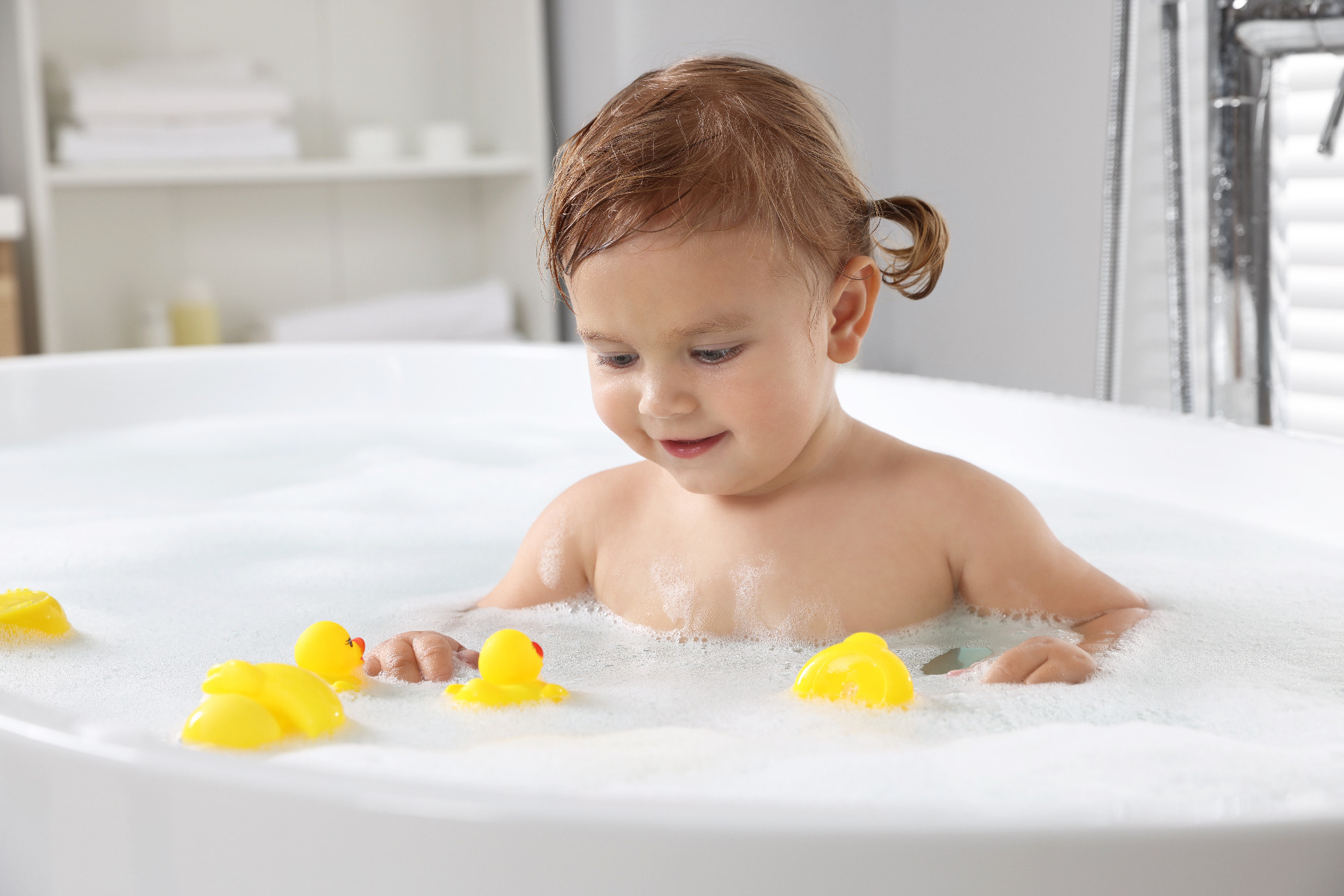
Diet Do's and Don'ts
Many foods can trigger or overstimulate kids. The biggest culprit is caffeine. You can find it in popular soft drinks, chocolate, teas and coffee, so be sure to read the labels. Sugary treats are also not recommended close to bedtime. Observe your child to see if they get over-stimulated after eating things with food dyes or certain other types of food. Warm milk, a turkey sandwich and other foods that are rich in tryptophan and magnesium can aid in better sleep. Chamomile tea is also a good pre-bed calming drink, but make sure to serve it early enough so that it does not cause bed-wetting.

Exercise
Be sure your child is getting plenty of movement and exercise during the day. In general, aim for one hour of physical activity per day. This will help children sleep better at night. Creating an obstacle course with household items or investing in a Bounce Board can help kids get the movement they need for a good night's sleep. You can find various fun ways to engage your child in physical activity throughout the day; customizing activities to their preferences will encourage them to participate more readily.
Story and Snuggle
Reading a book alone or together can be relaxing and calm the mind. A book can also open up dialogue and increase the lines of communication, reducing anxiety before bed. Try to use printed books to avoid screen time too close to bed. The pressure of having you snuggled up against your child can further soothe them, as snuggling provides a sense of calm and security.

Pre-Bed Pressure
Get a deep massage with or without a massage roller to release calming dopamine and serotonin hormones before bed. Experiment with the type of pressure your child likes. Pressing down through the shoulders, a firm back rub or short squeezes of the limbs can all help release these feel-good hormones. Even some heavy handwork with putty can have the desired response.
Smell and Sounds
Lavender, sage and vanilla are just a few examples of calming scents that can be used to encourage sleep. Offer your child a choice of Scented Putties to suit their needs. You can also use a room spray or place a few drops of essential oils on a pillow to ease your kids into sleep. Soft music or white noise can be a soothing auditory background that also aids in the sleep process, especially for those who are hyper-sensitive to noise.
Weighted Blanket and Compression Sheets
Though a weighted vest is not recommended for sleep, some kids really need the additional soothing comfort throughout the night. There are a variety of weighted blankets that are safe for sleeping, as long as you follow the recommended guidelines. Our Snuggle Compression Sheets are another good way to get gentle pressure overnight. Having a weighted buddy nearby might also help soothe your child during the night if they wake up.
Try implementing these suggestions one at a time until you find what works best for your child. Hopefully the improved sleep will help you start sleeping better too!
Want to wear a vest while you’re awake? Check out our Weighted Vest and Weighted Compression Vest options to find the right fit.
Head to this blog for even more bedtime strategies!

















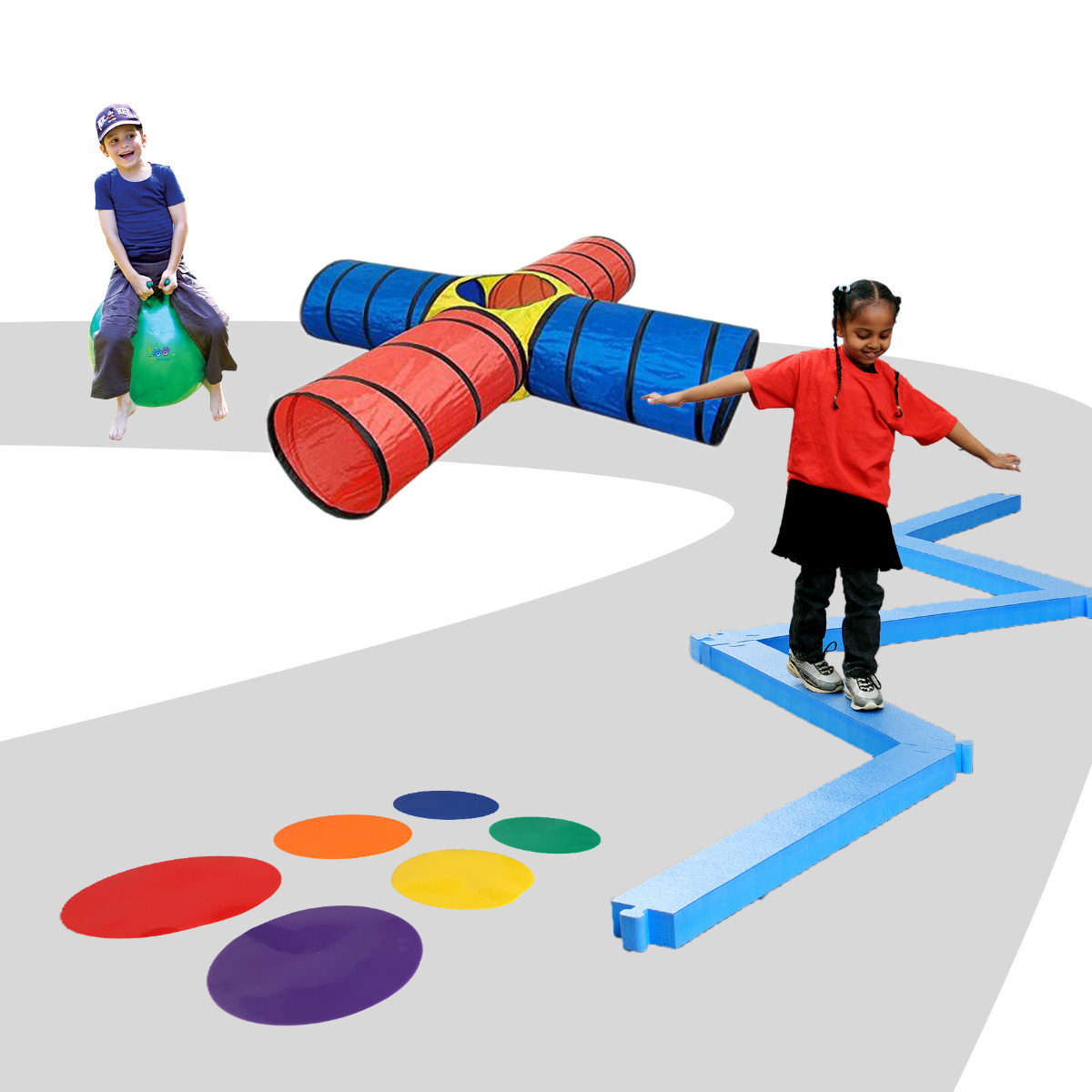
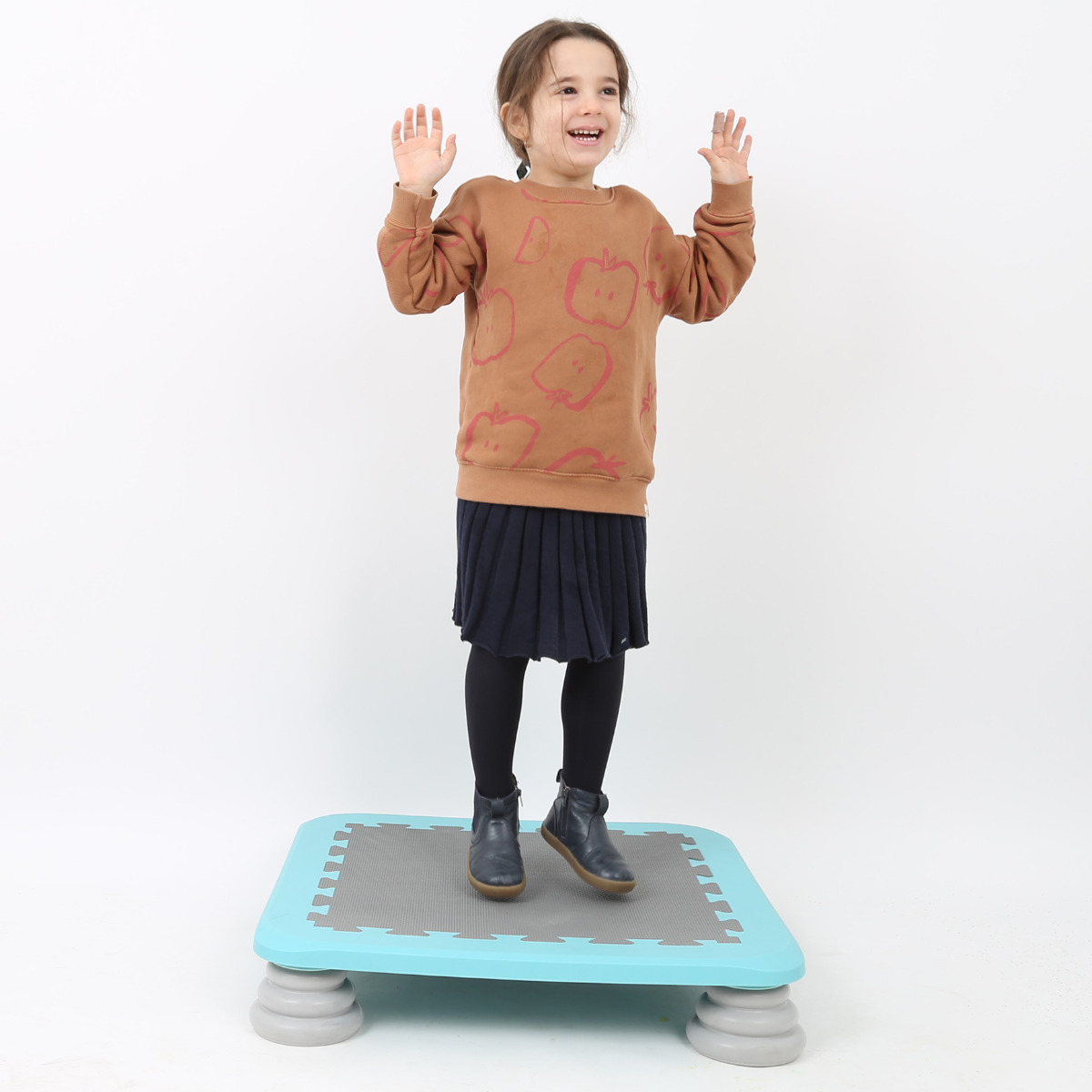
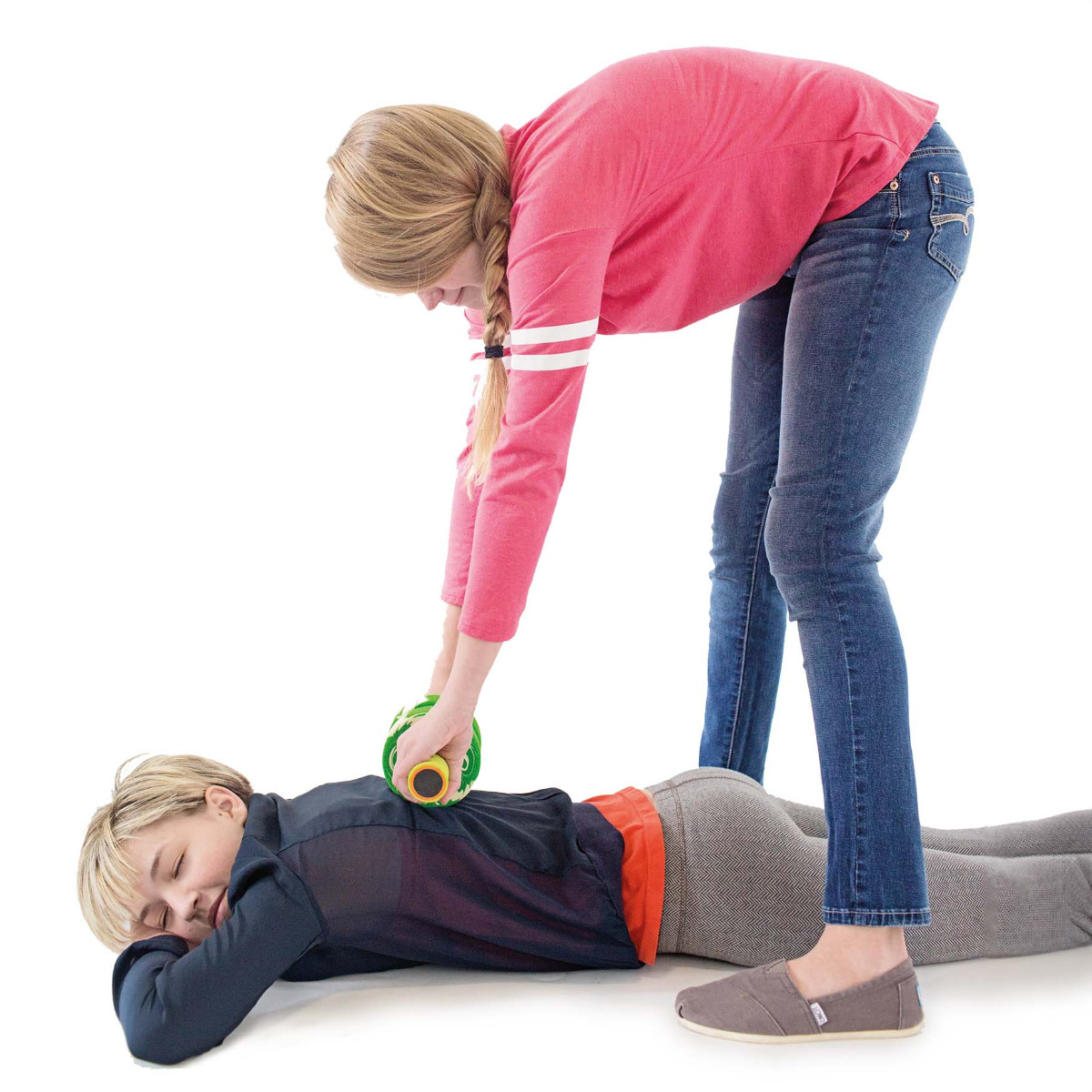
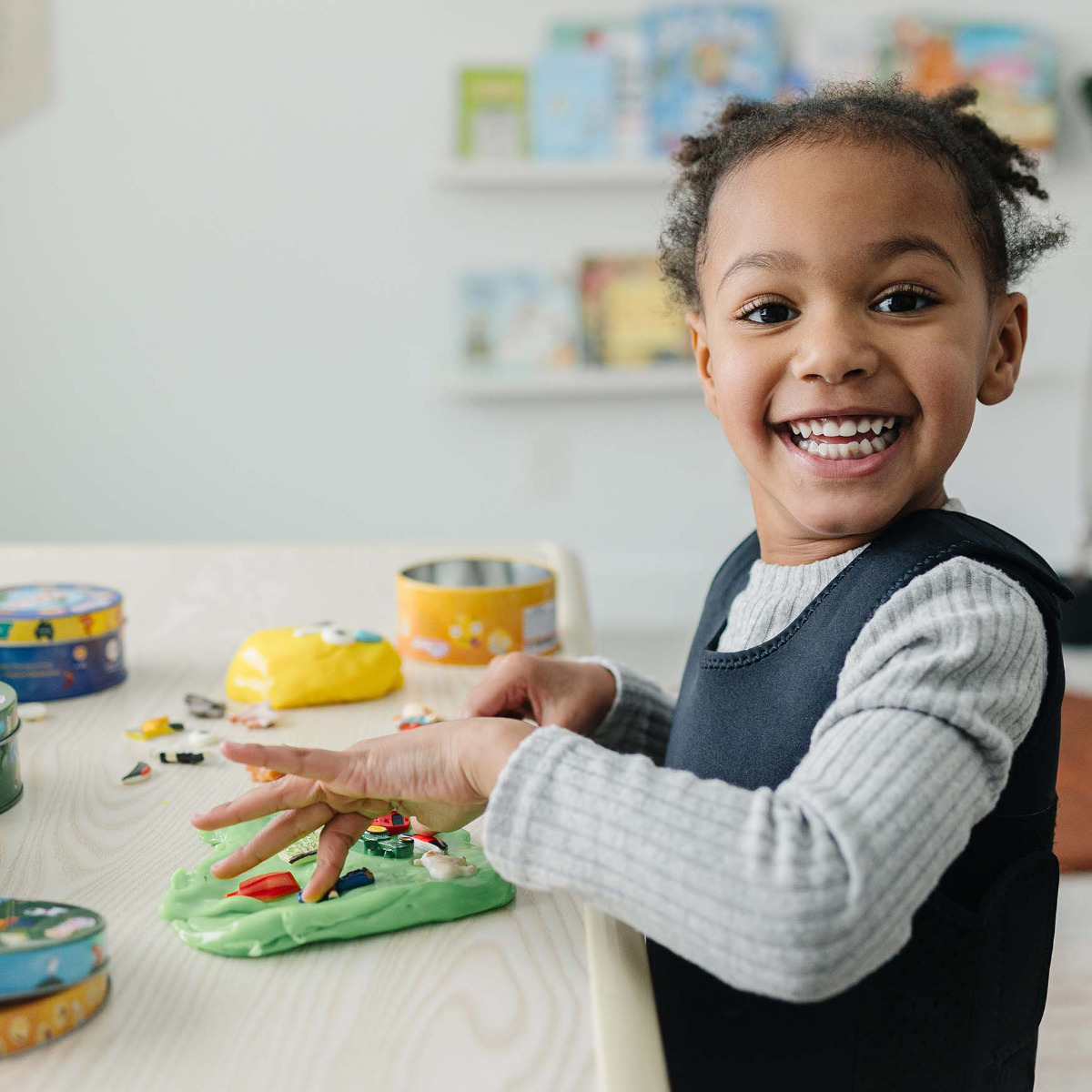
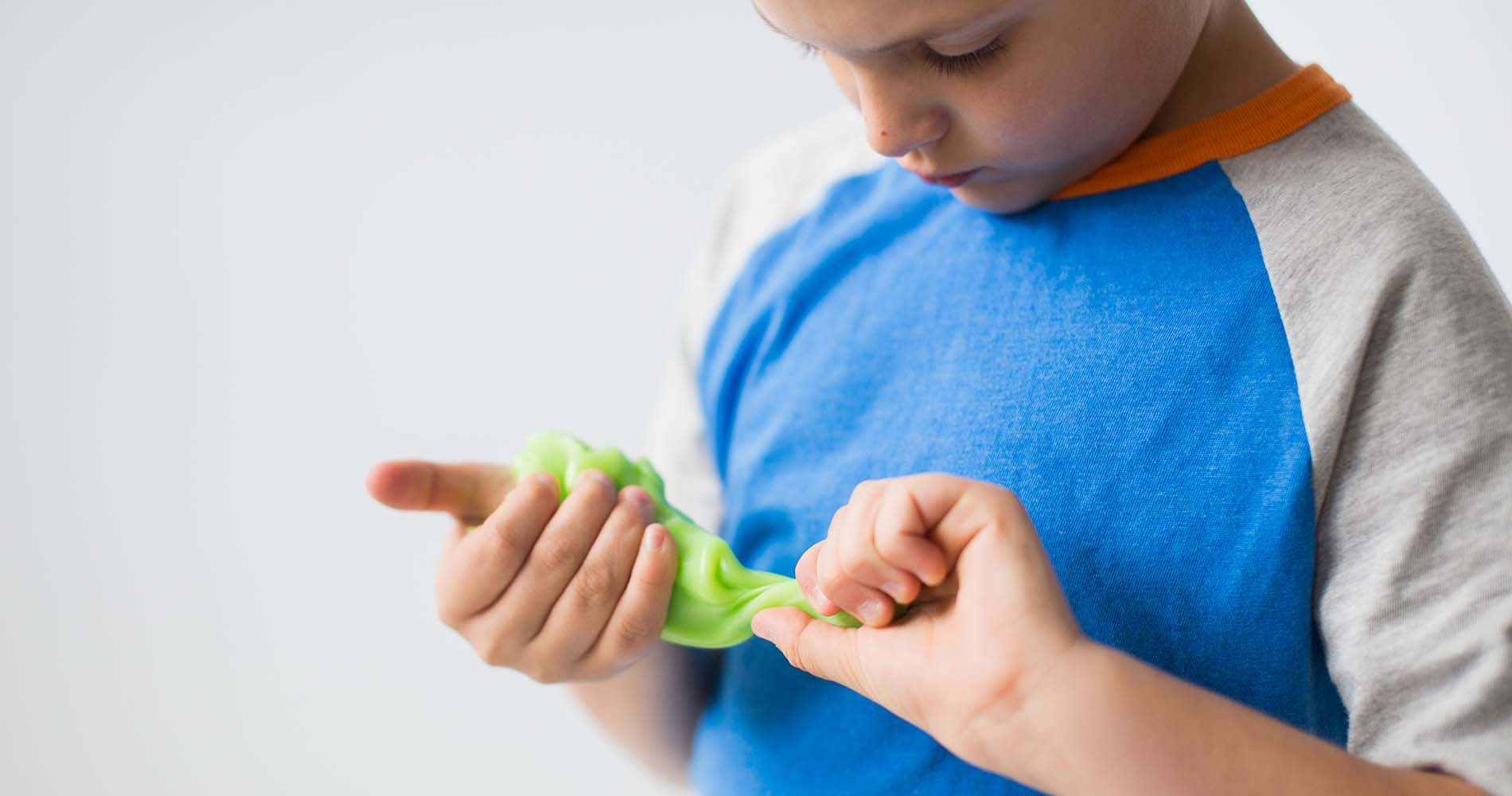
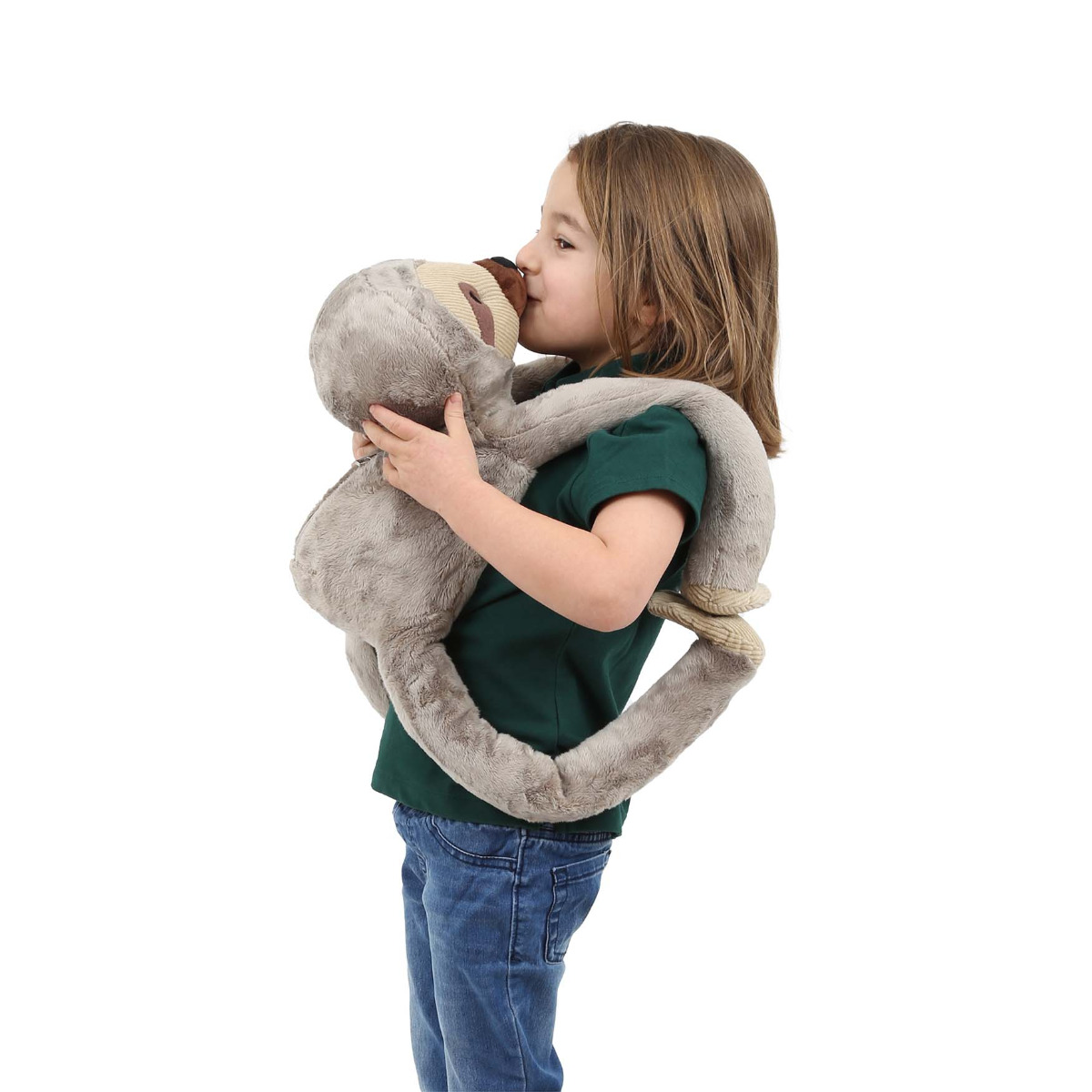
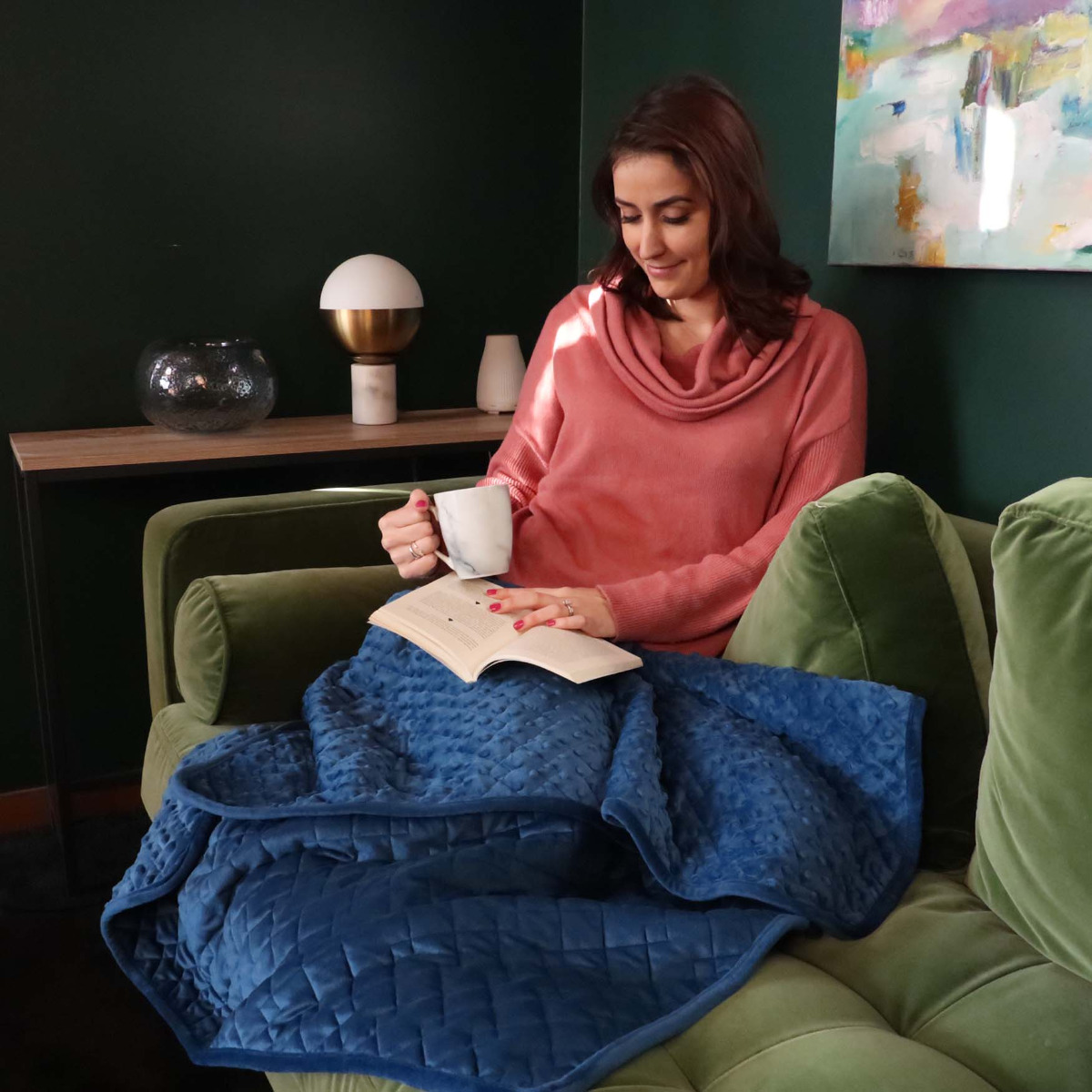





Comments